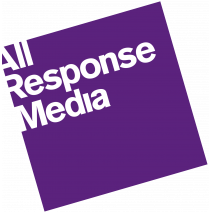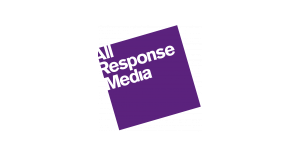Among their usual segmentation devices, YouGov has recently introduced a method of segmenting audiences based on their views of sustainability. This is a novel and profound way for marketers to delve deeper into audience psyche, to develop more meaningful marketing messages and help clarify the most valuable media channels to connect with your audience.
The timely introduction of these five segments is significant, as sustainability and climate change opinions are quickly becoming a core audience differentiator. And for many consumers, a factor in choosing which brands to support – both financially and in terms of brand advocacy.
YouGov’s sustainability segment definitions:
How can the segments be put into practice?
For a brand targeting an audience of young, active and metropolitan dwellers, they index highest towards the first sustainability segment of ‘Planet Protectors’. To build on their audiences’ beliefs, the brand should focus on highlighting their involvement in social and political issues, stressing environmental benefits of products and services and concentrate on more sustainable media channels.
For example, ‘Planet Protectors’ – a segment of which 80% are confident that climate change is caused by human activity – may view printed billboards as a wasteful media compared to digital billboards.
Conversely, for a brand whose audience is more inclined towards the other end of the sustainability spectrum, following the above advice could alienate your audience and have a negative effect on their view of the brand. Potentially driving consumers towards a competitor.
In the case of a brand targeting (social grade) ABC1 travellers aged 50+, their overarching sustainability segment is ‘Green Rejectors’. This segment believes that people worry too much about the environment and companies that get involved in social or political issues do so just to exploit them. So, opting for more sustainable and innovative advertising mediums such as reverse graffiti could be viewed as gimmicky by this segment.
Instead, brands whose core audience fall into this fifth category should focus on the local benefits of their products/ services, a factor which greater appeals to the audience sceptical about climate change.
All Response Media viewpoint
Diverging marketing practices are particularly visible in times of social, environmental and political crisis, especially on social media. Log onto any Facebook-owned platform and you’ll see numerous brands either passionately supporting current causes (such as the Australian Bushfire relief) or persisting with their pre-planned posts, no matter what asteroid was to hit the Earth.
A theme that you will be able to pick up between these two camps as you scroll, is the clearly varying target audiences between the brands who champion their involvement in social and political issues and those that don’t. So, for a brand who hasn’t clearly identified their audiences’ position on sustainability issues or struggles to effectively communicate brand values, YouGov’s Sustainability Segments could be the golden needle in the haystack of segmentation methods.
Differentiating audiences based on perspectives is becoming more significant as traditional segmentation methods become increasingly outdated in our highly connected world. And with sustainability likely to be the topic of the decade, getting ahead of your audience’s overarching green standpoint gives the advantage in developing the most inspiring marketing messages, to be shared through the most appropriate media channels, to be delivered in the most authentic way.
Read more information on our TV services.


